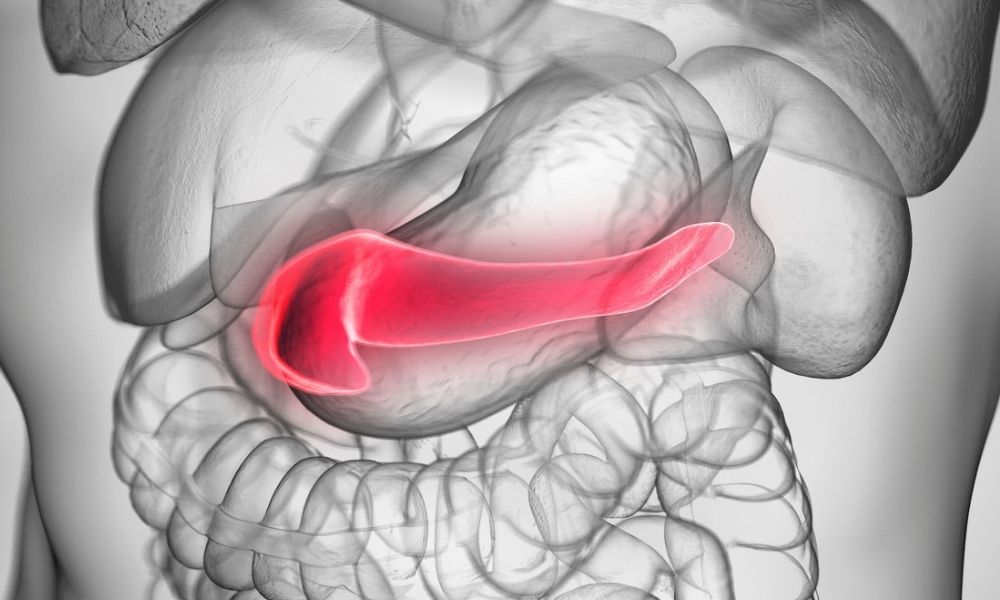- Corporate
- Clinic
- Diseases
- Digestive System Diseases
- Bad Breath
- Gastroesophageal Reflux
- Achalasia
- Esophageal Strictures
- Esophageal Cancer
- Eosinophilic Esophagitis
- Dyspepsia
- Gastritis
- Helicobacter Pylori
- Stomach Ulcer
- Stomach Cancer
- Gluten (Celiac)
- Diarrhea
- Constipation
- Anal Fissure
- Crohn’s Disease
- Ulcerative Colitis
- Colon Polyps
- Colon Cancer
- Hemorrhoids
- Irritable Bowel Syndrome
- Liver and Bile Tract Diseases
- Pancreatic Diseases
MenuMenuMenuMenuMenu - Digestive System Diseases
- Endoscopic Procedures
- Contact Us
- Corporate
- Clinic
- Diseases
- Digestive System Diseases
- Bad Breath
- Gastroesophageal Reflux
- Achalasia
- Esophageal Strictures
- Esophageal Cancer
- Eosinophilic Esophagitis
- Dyspepsia
- Gastritis
- Helicobacter Pylori
- Stomach Ulcer
- Stomach Cancer
- Gluten (Celiac)
- Diarrhea
- Constipation
- Anal Fissure
- Crohn’s Disease
- Ulcerative Colitis
- Colon Polyps
- Colon Cancer
- Hemorrhoids
- Irritable Bowel Syndrome
- Liver and Bile Tract Diseases
- Pancreatic Diseases
- Digestive System Diseases
- Endoscopic Procedures
- Contact Us
Hızlı Randevu
0(543) 254 1144


 It is also called autoimmune pancreatitis, sclerosing pancreatitis, nonalcoholic destructive pancreatitis. HISORt diagnostic criteria developed by Mayo Clinic are used in diagnosis.
It is also called autoimmune pancreatitis, sclerosing pancreatitis, nonalcoholic destructive pancreatitis. HISORt diagnostic criteria developed by Mayo Clinic are used in diagnosis.

 There are two different histological types of autoimmune pancreatitis and the clinical findings of these two different histological types are also different.
There are two different histological types of autoimmune pancreatitis and the clinical findings of these two different histological types are also different. 





